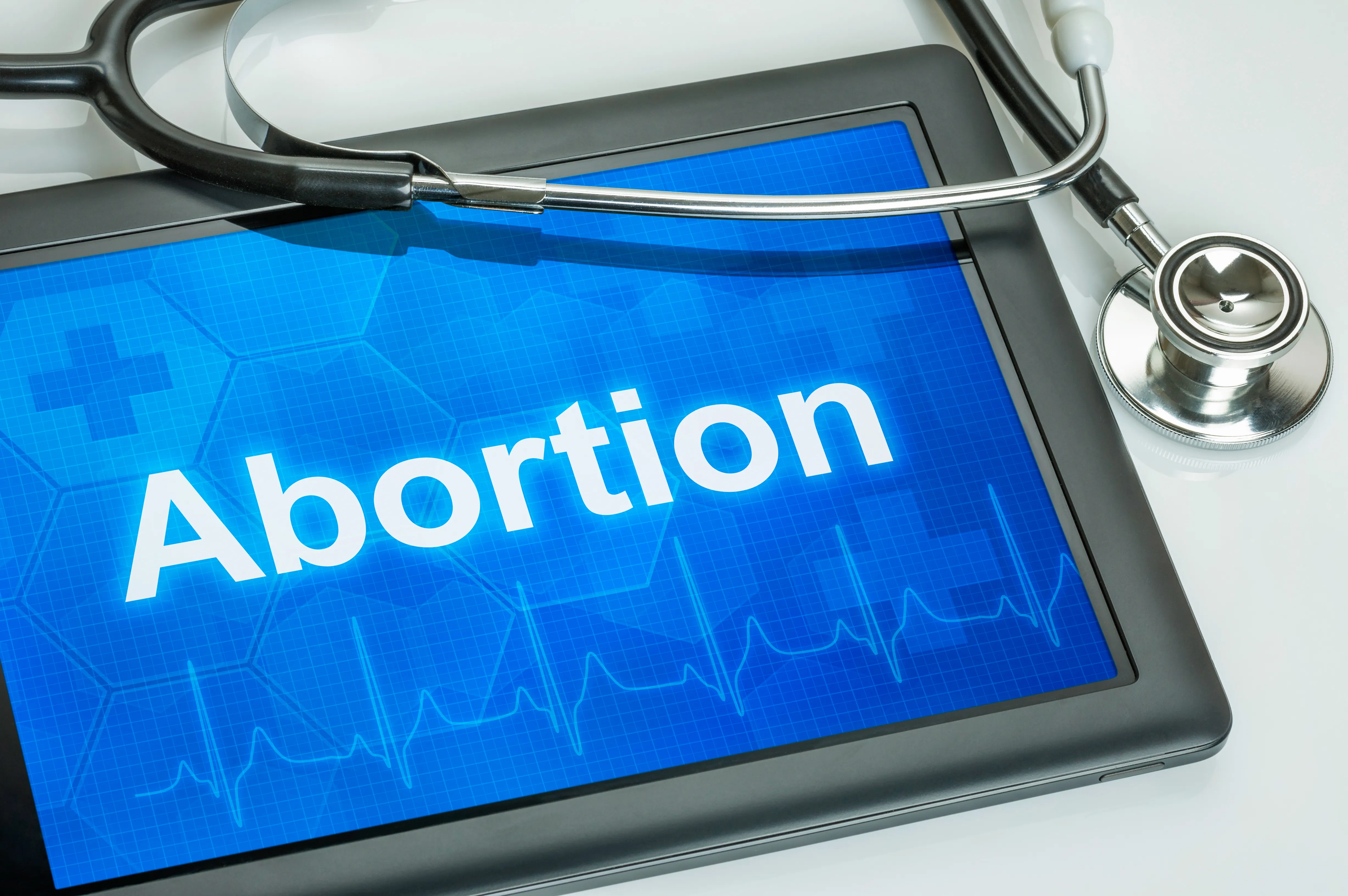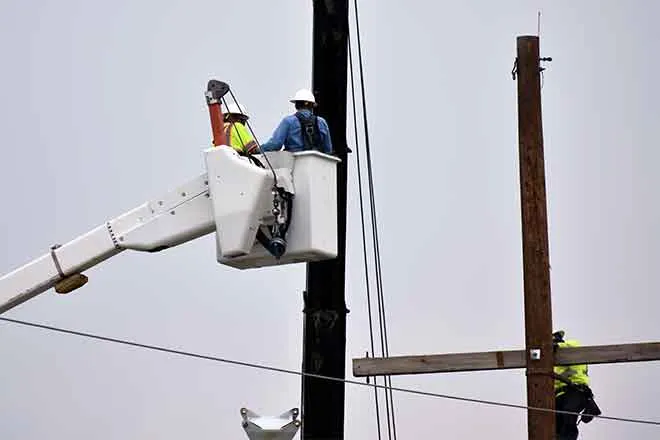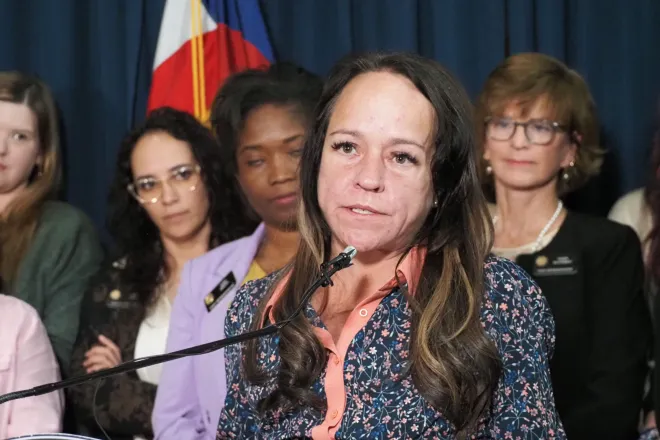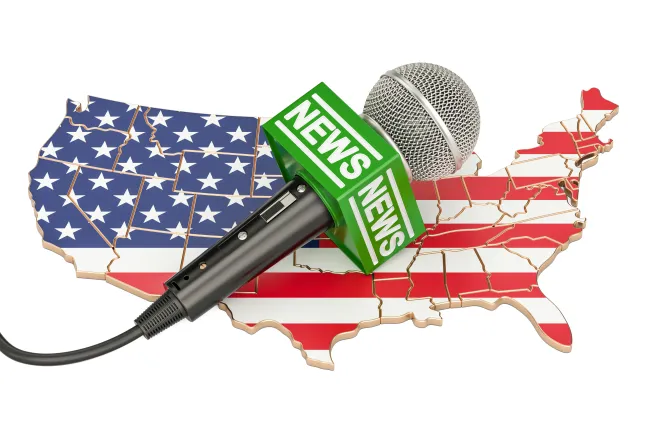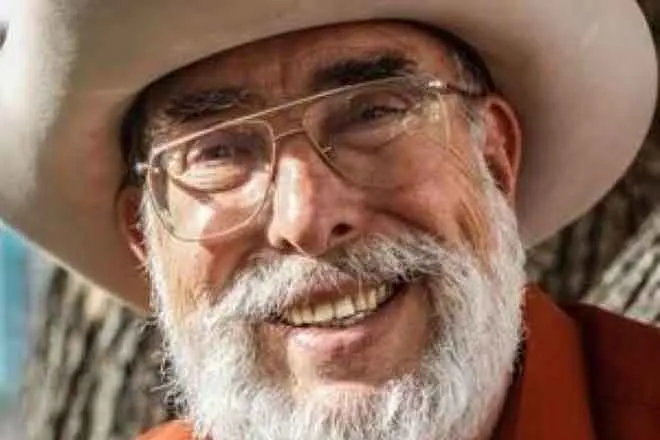
No one knows whether Trump’s $50B for rural health will be enough
Congress set aside $50 billion for rural hospitals and medical providers to allay fears over the billions more in historic cuts to federal health care spending that President Donald Trump signed into law on Independence Day.
But is that bandage big enough to save struggling rural hospitals?
“I have more questions than I have answers,” said Alan Morgan, CEO of the National Rural Health Association, a nonprofit policy group. “No one has those answers yet.”

Morgan noted that the new money for rural health, to be spent over five years, is far less than the $155 billion in rural Medicaid spending cuts over 10 years, as estimated by KFF, a nonprofit health policy and research group.
Experts, hospital leaders and lawmakers on both sides of the aisle fear that Trump’s signature legislation will particularly gut rural hospitals and clinics, which see an outsize share of patients who are insured through Medicaid, the federal-state public health insurance for people with low incomes. The new law slashes more than $1 trillion from Medicaid over the next 10 years to help pay for tax cuts that disproportionately benefit the wealthy.
The $50 billion addition was an effort by Republican leaders in Congress to win the votes of colleagues within their party who initially balked at supporting such steep cuts to Medicaid and other health services.
In the U.S. Senate, the rural program helped secure the vote of Alaska moderate Republican Sen. Lisa Murkowski, who expressed concern about the law’s impact on health care in her state. About 1 in 3 Alaskansare insured through Medicaid.
Jared Kosin, the president and CEO of the Alaska Hospital & Healthcare Association, said he’s deeply frustrated with the new law’s gutting of Medicaid funding, which he thinks will wreak lasting damage on Alaskans. And Republicans sidestepped potential solutions by just throwing money into a program, he said.
“It’s frustrating in the public realm when decisions like this are made fast and, frankly, carelessly,” he said.
“The consequences are going to fall on us, not them.”
More than half of the law’s cuts to funding in rural areas are concentrated in 12 states with large rural populations that expanded Medicaid under the Affordable Care Act to cover more people, according to KFF: Illinois, Kentucky, Louisiana, Michigan, Minnesota, Missouri, New York, North Carolina, Ohio, Oklahoma, Pennsylvania and Virginia.
Some GOP lawmakers in Congress have heralded the $50 billion rural program as a health care victory. But it’s still unclear which hospitals, clinics and other providers would receive money and how much.
How it works
The Rural Health Transformation Program will dole out $10 billion annually from fiscal years 2026 through 2030.
States must apply for their funding by the end of this year, submitting a detailed plan on how it would be used.
The law outlines some ways that states can use the money, according to an analysis of the legislation from the Bipartisan Policy Center:
- Making payments to rural hospitals to help them maintain essential services such as emergency room care or labor and delivery.
- Recruiting and training rural doctors, nurses and other health workers.
- Bolstering emergency medical services such as ambulances and EMTs.
- Using new technologies, including telehealth.
- Providing opioid use disorder treatment and mental health services.
- Improving preventive care and chronic disease management.
Half of the $10 billion each year will be distributed evenly across states that have applied for it. The other half can be distributed by the administrator of the federal Centers for Medicare & Medicaid Services — currently Dr. Mehmet Oz — at his discretion, based on a state’s rural population and rural health facilities.
Although the program doesn’t replace the amount states are likely to lose, Morgan said it’s still an opportunity to rethink how rural health care is funded. He’d like to see states given flexibility in how they’re able to use the funds, and he hopes they focus on keeping rural communities healthy through preventive care while still helping hospitals keep their doors open.
“If done correctly, it could really change the future course for rural America,” Morgan said. “That is such a tough ask, though.”
Hardest hit
Kentucky could take the biggest hit from the new law’s reduction in rural Medicaid funding, losing an estimated $12 billion over 10 years, according to a KFF analysis.
The state’s Medicaid department is still waiting for additional federal guidance to understand how the state’s program will be affected, Kendra Steele, spokesperson with the Kentucky Cabinet for Health and Family Services, told Stateline in a statement.

“Over 1.4 million Kentuckians rely on Medicaid — including half of all children in our state, seniors and more vulnerable populations — and the passage of legislation on the federal level will have serious impacts for those individuals, rural health care and hospitals and local economies,” she wrote.
Even with the new program, states across the country will have to reevaluate their budgets in light of the cuts, said Hemi Tewarson, executive director at the National Academy for State Health Policy, a nonpartisan group that supports states in developing health care policies.
“Every region is slightly different and there’s not a one-size-fits-all approach,” she said. “Hospital ownership varies [as well as] the types of services that are critical for the community where they’re located. They have to think about new ways to provide those services in a context with fewer resources.”
About 44% of rural hospitals are operating in the red, according to a KFF analysis of Rand Hospital Data, a higher share than the 35% of hospitals in urban areas.
‘Rural at heart’
Prior to the bill’s passage, Oz attempted to reassure U.S. House Republicans that their districts could get money from the program even if they weren’t specifically rural, Politico reported earlier this month.
We’re all rural at heart when it comes to money.
– Alan Morgan, CEO of the National Rural Health Association
Pennsylvania Republican U.S. Rep. Rob Bresnahan said money would begin flowing to his district as early as the beginning of next year, telling the Wilkes-Barre Times Leader earlier this month that he met with Trump, Oz and others to secure pledges that hospitals in his district could access the fund. He represents the northeastern corner of Pennsylvania, which includes suburban and rural areas, as well as the cities of Scranton and Wilkes-Barre.
Though the legislation includes guidelines on which facilities or areas qualify as “rural,” Morgan, of the National Rural Health Association, expects a mad dash from lawmakers and providers to claim rural status in order to get a piece of the funding.
“That’s going to be a huge issue — defining who’s rural,” Morgan said. “We’re all rural at heart when it comes to money.”

